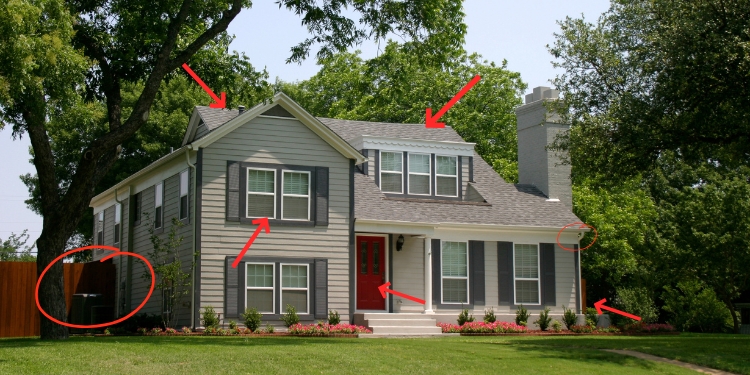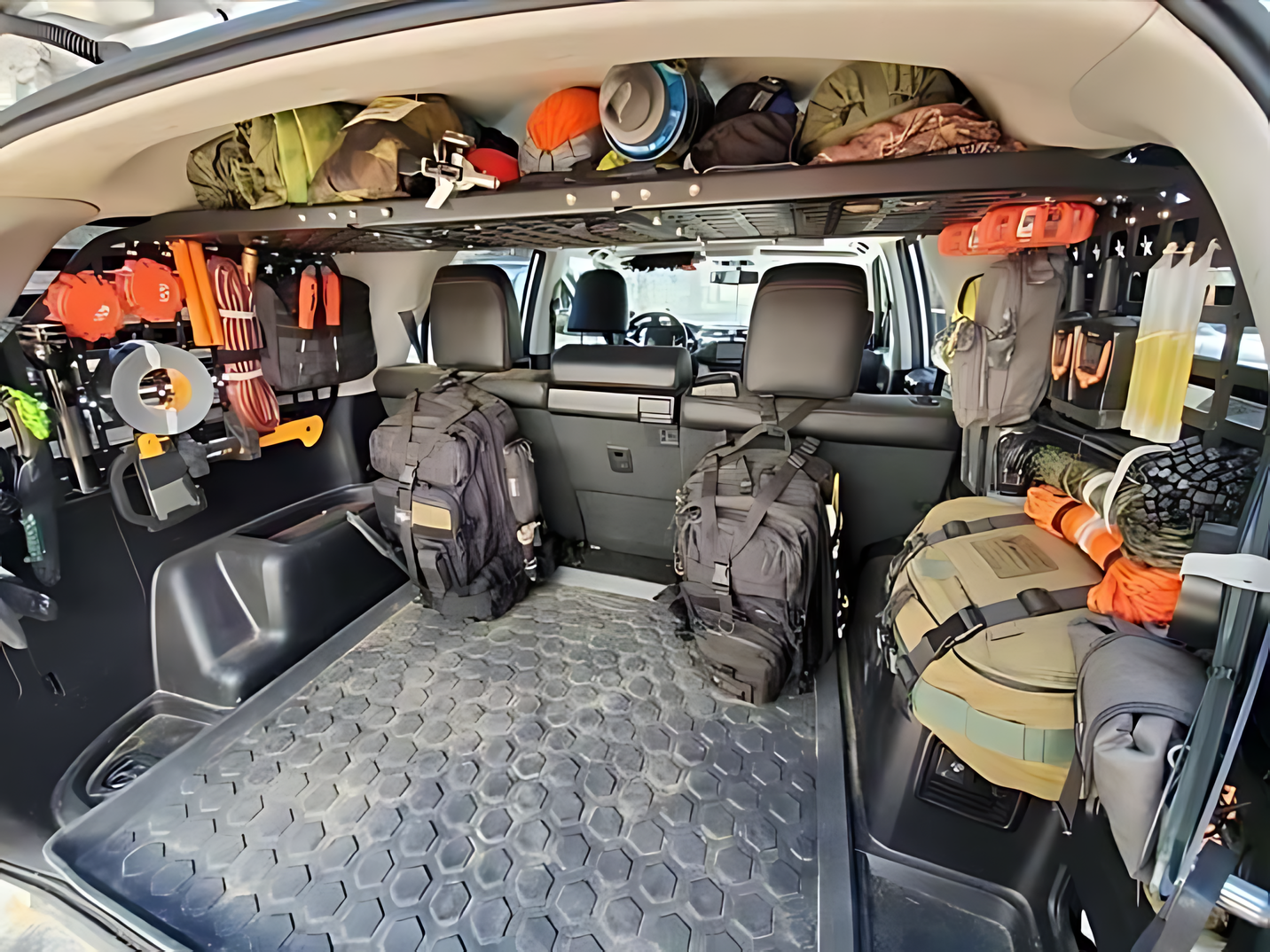The world is becoming more unstable every day. We’ve all seen the riots, looting, and violence on our screens. While you may have already stocked up on food, water, and ammo, all of that is useless if your home is as easy to enter as a cardboard box.
It’s time to take the next step in preparedness: fortifying your home. We’re not talking about building a military bunker. We’re talking about creating strategic, layered protection that can turn your home into a fortress without breaking the bank or drawing unwanted attention.
Why Fortify Your Home?
Most homes are built for comfort, not defense. In a crisis, whether it’s civil unrest, a home invasion, or something worse, your walls are your first line of defense. Fortifying your home isn’t about paranoia; it’s about being ready.
Before you start, you need to understand the threat level. Most home invasions involve handguns or shotguns, but if you’re in a rural area, you may need to prepare for rifles like AR-15s. Knowing the threat informs your strategy, as there is no one-size-fits-all approach.
Step 1: Reinforce Entry Points
The weakest parts of any home are the doors and windows. To secure them:
- Doors: Replace hollow-core doors with solid wood or steel. Install a heavy-duty deadbolt and reinforce the frame with a steel door jamb reinforcement kit. For serious protection, consider installing ballistic fiberglass panels behind the door.
- Windows: Apply shatter-resistant film to slow down entry. Install steel security bars or, for a less intimidating look, decorative wrought iron. For the best protection, use bullet-resistant glass or polycarbonate panels for ground-level windows.
Step 2: Wall Reinforcement
Drywall and 2x4s won’t stop much. To make your walls bullet-resistant:
- Ballistic Panels: These can stop most handgun rounds and are ideal for panic rooms or key areas.
- Steel Sheets: One-eighth to one-quarter inch AR500 steel mounted between studs can stop most rifle threats. It’s a cheaper and more readily available option than ballistic panels.
- Sand or Gravel: For a more old-school, but highly effective, approach, build a secondary wall and fill the space with sandbags. It’s not pretty, but it works.
Step 3: Create a Safe Room
You don’t need a mansion to have a panic room. A reinforced closet, a corner of your basement, or a bedroom can be converted into a last-resort sanctuary. A safe room should have bullet-resistant walls and a door, independent communication, a med kit, and a supply of food, water, and a firearm. This is your last stand if all else fails.
Step 4: Use Landscaping as Defense
Your yard is your first perimeter. Use it to send a clear message: This property is not an easy target.
- Thorny Plants: Plant dense, thorny bushes like hawthorn or pyracantha under windows to make sneaky entry painful.
- Gravel Paths: Gravel crunches loudly underfoot, making it hard for intruders to approach silently.
- Earth Berms: Raised garden beds and other earth berms can beautify your yard while also acting as effective deflectors against bullets.
- Strategic Fencing: A tall, solid fence can obscure your home’s layout. Use steel or composite fencing, and reinforce it with a concrete footing.
The Amish have been using similar strategies for generations, relying on dense vegetation and solid fences to create a sense of security without relying on modern gadgets.
Step 5: Don’t Forget the Roof and Budget-Friendly Options
A bullet can punch through a rooftop, especially from an elevated position. Consider reinforcing your attic space with plywood or sandbags where possible.
If you can’t afford expensive ballistic panels, remember that every layer helps. You can create affordable, layered defenses by using:
- Bookshelves filled with thick books.
- Sandbags placed behind furniture.
- Steel sheets from a local scrapyard.
- Filing cabinets packed with documents.
Final Thoughts
Fortifying your home isn’t about living in fear. It’s about taking control of your family’s safety and peace of mind. While we hope we never need to use these measures, the last few years have shown us that “normal” can disappear overnight.
Remember, when things go bad, you don’t rise to the occasion—you fall to your level of preparation. Make that level bulletproof.




